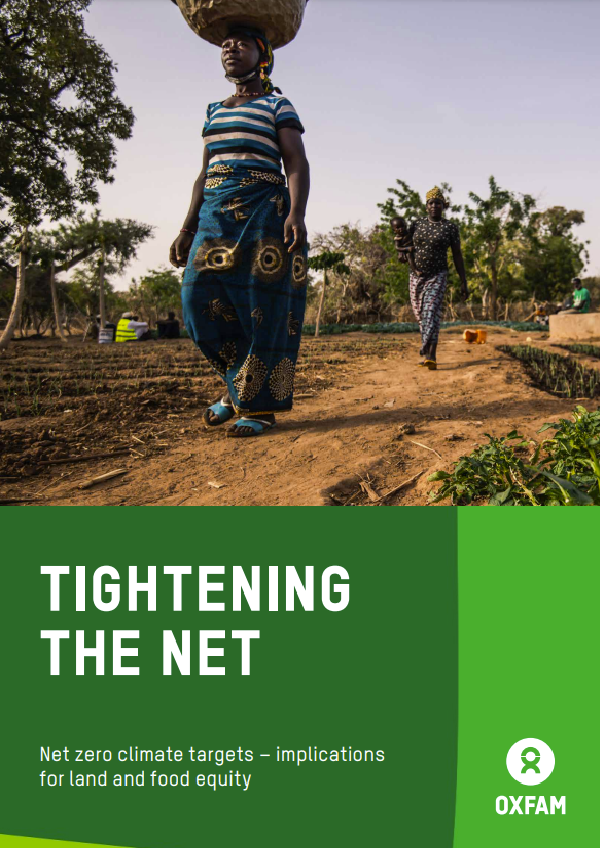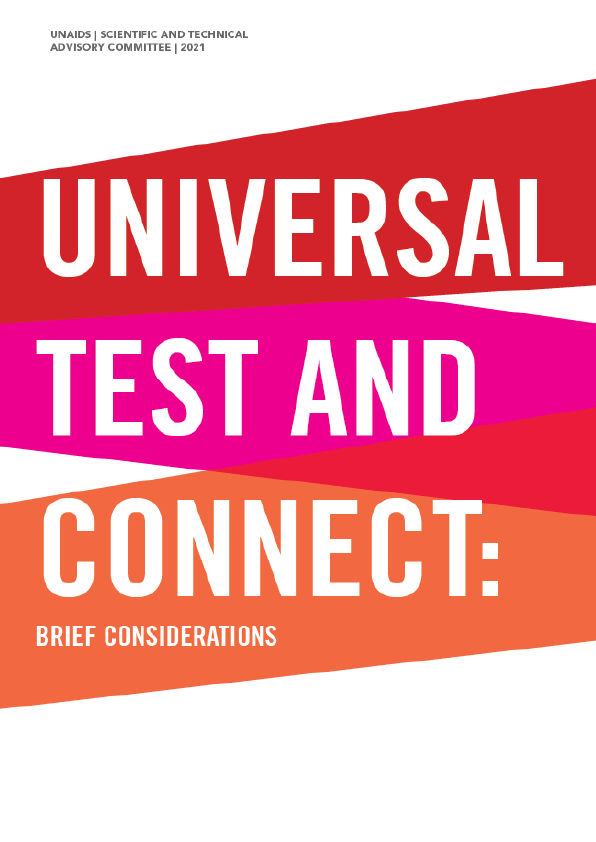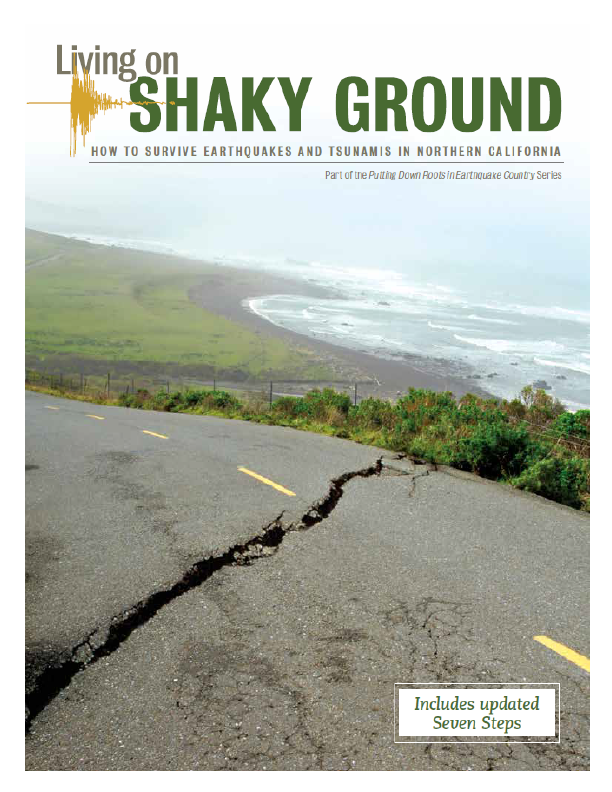Over the past year, a growing number of governments and corporations have committed to long-term net zero climate targets, and many more are likely to announce net zero commitments ahead of COP26 in November. In many ways, net zero climate targets can offer an opportunity for supporting the kind of truly systemic transformation that is needed across sectors to tackle the climate crisis. However, the proliferation of net zero targets also presents several risks and could potentially end up being a dangerous distraction that delays real climate action.
The UK government was the first among the G7 to make such a commitment, in 2019, and it is using its presidency of COP26 in Glasgow to leverage similar commitments from others. Currently more than 120 countries, including those in the EU, the USA, China and Japan, have pledged to reach net zero by mid-century.11 There has also been a wave of corporate net zero climate commitments from a range of companies and investors, including a number of the world’s largest companies, such as British Airways, Microsoft, Unilever, Citigroup, BlackRock, Shell and BP.12 Currently, 61% of countries, 9% of states and regions within the highest-emitting countries, and 13% of cities with a population of 500,000 or more have committed to net zero. Of the world’s 2,000 largest public companies, representing annual sales of nearly $14 trillion, at least one-fifth now have net zero commitments.13 New net zero climate commitments are being announced every week as citizens and consumers demand climate action. However, while some of these commitments are focused on pushing real and transformative climate action, many are simply attempts to burnish green credentials while continuing with business as usual.
Net zero commitments are meant to align with the latest science from the Intergovernmental Panel on Climate Change (IPCC), which suggests that the world needs to reach net zero emissions by the second half of this century if we are to limit global warming to 1.5°C above pre-industrial levels, as set out in the Paris Agreement. In practice, a net zero climate target means reducing greenhouse gas (GHG) emissions and ‘netting’ those emissions that cannot be reduced through the removal of CO2, also known as carbon dioxide removal (CDR). CDR technologies typically entail absorbing or capturing carbon through either natural or land-based solutions, such as planting trees, or through technological solutions that involve carbon capture and storage (CCS). The carbon removal that has happened to date has been almost exclusively through natural or land-based solutions. Although there is growing interest in technological removal methods such as direct air capture (DAC), most of these technologies are still untested and currently unviable at scale.
This means that the explosion of net zero commitments, many of which lack clarity and transparency, could lead to a surge in demand for land, particularly in low- and middle-income countries – which, if not subject to robust safeguards, could pose increasing risks to the right to land and the right to food, especially for people and communities whose livelihoods depend on land. In addition, in the absence of near-term and significant reductions in emissions, especially in the energy and fossil fuel sector, the emphasis on longer-term net zero commitments risks delaying action to reduce emissions now and might shift the burden of mitigation from the biggest emitters towards land-based mitigation in lower-income countries, as well as onto future generations.
This paper unpacks what net zero climate commitments mean for achieving the climate ambition needed to keep warming below 1.5°C and the extent to which these commitments rely on land for carbon removal. Given that land is a finite resource that is crucial to the lives and livelihoods of millions of small-scale farmers and Indigenous and rural communities across the world, the paper highlights the risks to the rights to food and land associated with the recent wave of net zero commitments. It puts forward an alternative vision that would not exacerbate inequality by deploying land specifically for carbon removal, but instead would advance holistic land-based climate solutions that could help achieve not just zero emissions, but also zero hunger. Such ‘food first’ approaches build resilience and food and nutrition security, and strengthen the rights and livelihoods of small-scale farmers, women, Indigenous Peoples and local communities who rely on land, while also supporting climate mitigation.











